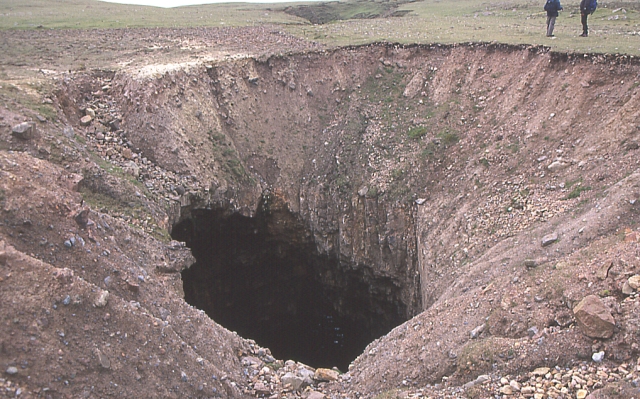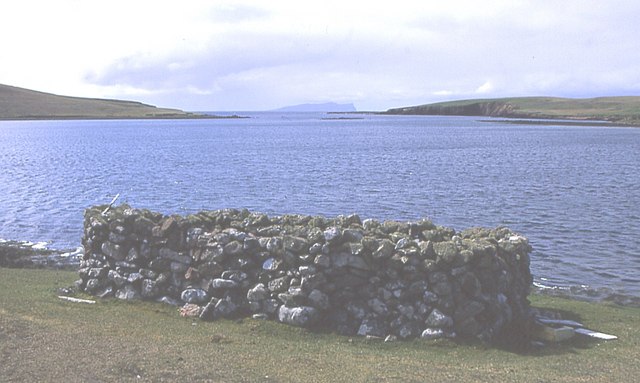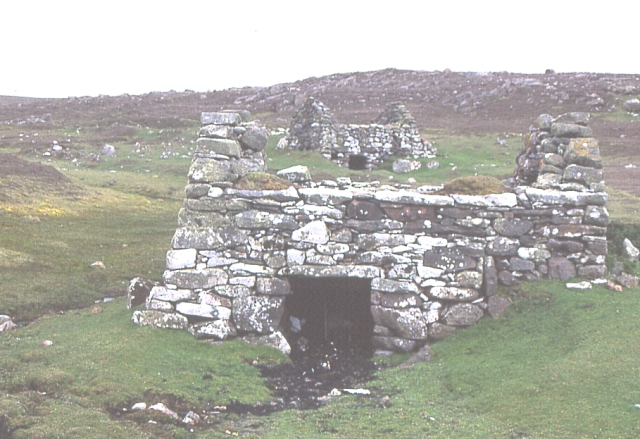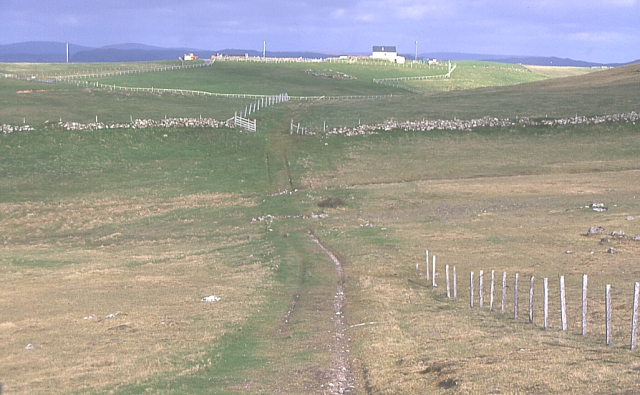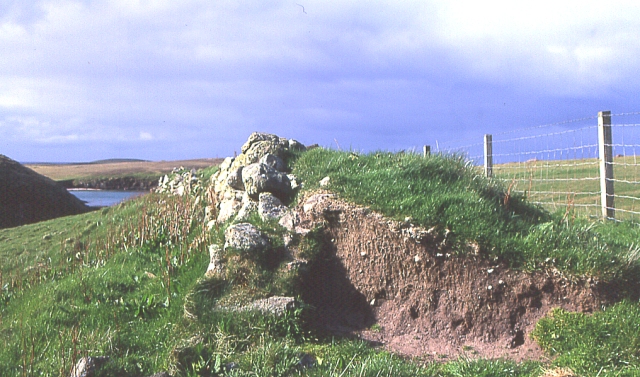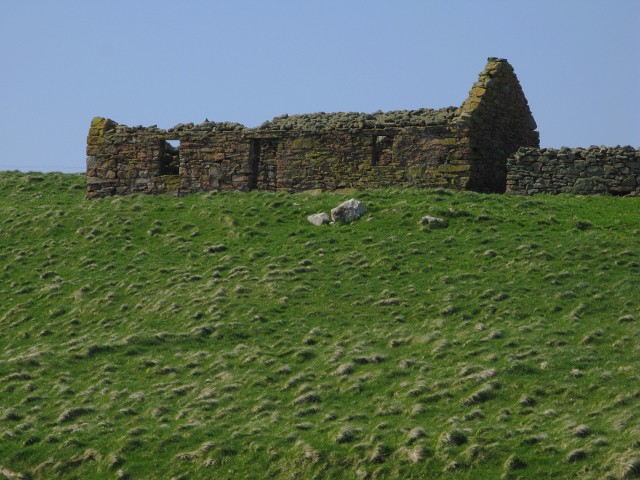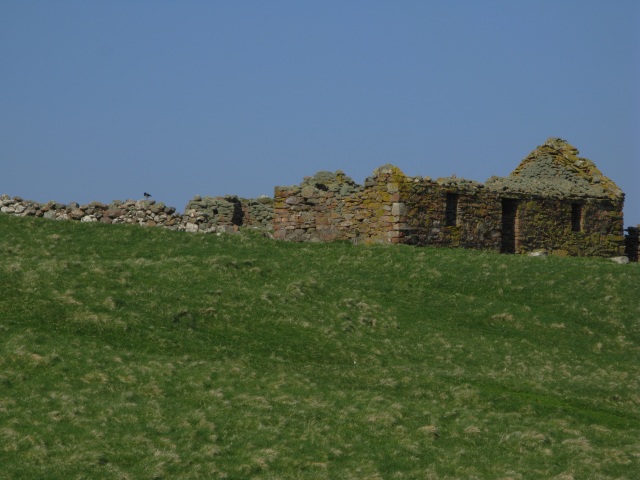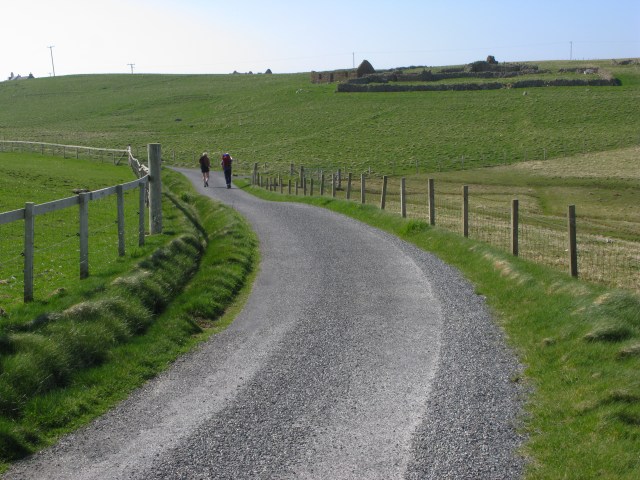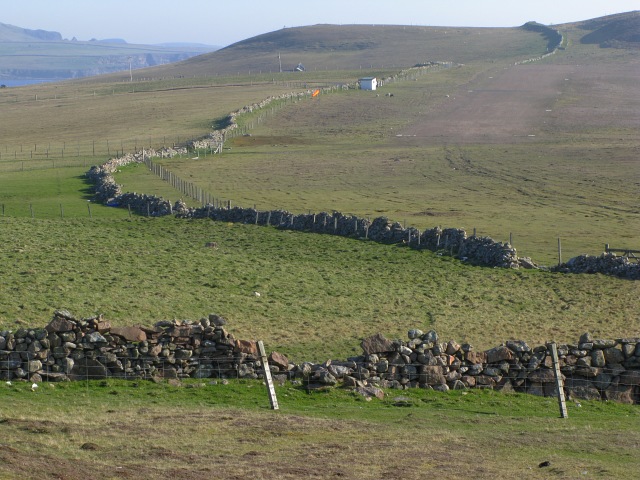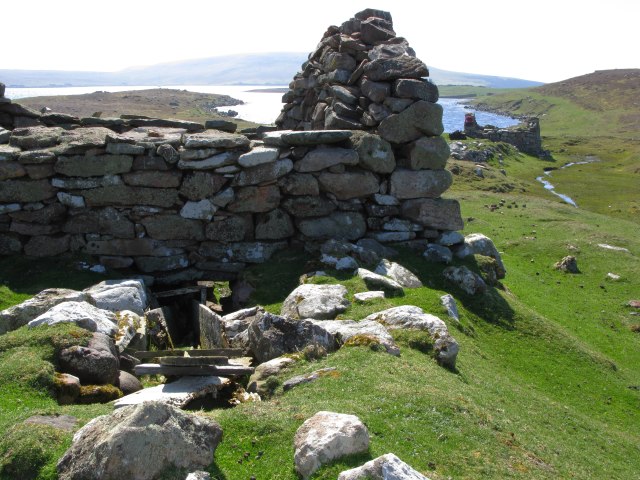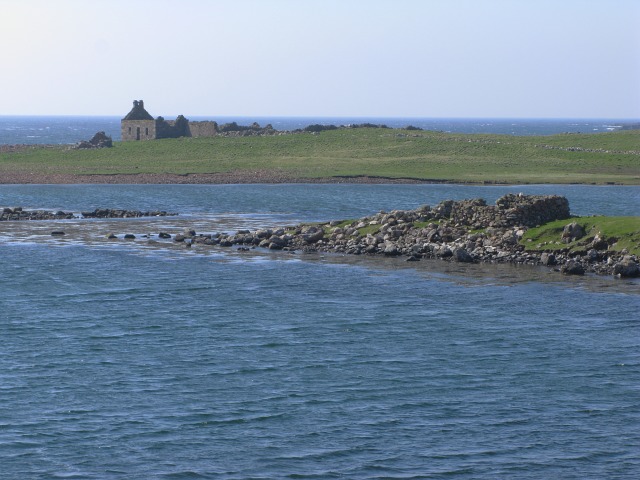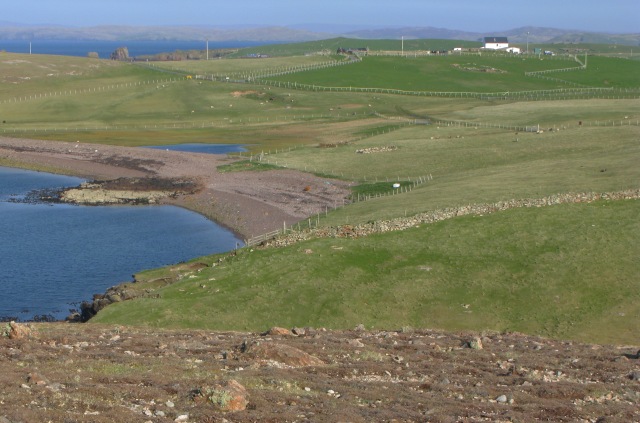Shepherd's Taing
Coastal Feature, Headland, Point in Shetland
Scotland
Shepherd's Taing
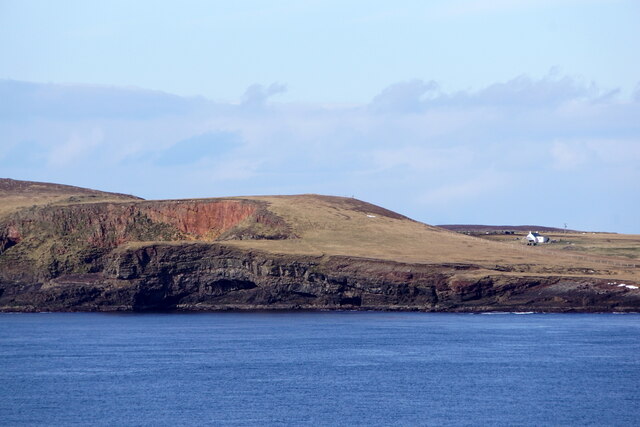
Shepherd's Taing is a prominent coastal feature located on the island of Shetland, Scotland. It is a headland that extends into the North Sea, forming a distinctive point along the rugged coastline. The name "Taing" is derived from the Old Norse word "tangi," meaning a narrow strip of land jutting out into the sea.
Shepherd's Taing is known for its dramatic cliffs that rise up to impressive heights, providing stunning views of the surrounding landscape. The cliffs are composed of layers of sedimentary rock, showcasing the geological history of the area. Over time, the relentless power of the waves has eroded the base of the cliffs, creating small caves and arches that add to the allure of the site.
The headland is rich in wildlife, serving as a nesting site for various seabirds. Visitors to Shepherd's Taing can often spot puffins, guillemots, and razorbills, among other species. The surrounding waters are also home to seals, dolphins, and occasionally even whales, making it a popular spot for wildlife enthusiasts.
Access to Shepherd's Taing is relatively easy, with a well-maintained path leading to the headland. The site is a favorite among photographers and nature lovers, who come to capture the stunning beauty of the cliffs and the surrounding coastal scenery.
Overall, Shepherd's Taing is a captivating coastal feature that showcases the raw power of nature. Its impressive cliffs, diverse wildlife, and breathtaking views make it a must-visit destination for anyone exploring the enchanting Shetland Islands.
If you have any feedback on the listing, please let us know in the comments section below.
Shepherd's Taing Images
Images are sourced within 2km of 60.315775/-1.7021061 or Grid Reference HU1659. Thanks to Geograph Open Source API. All images are credited.
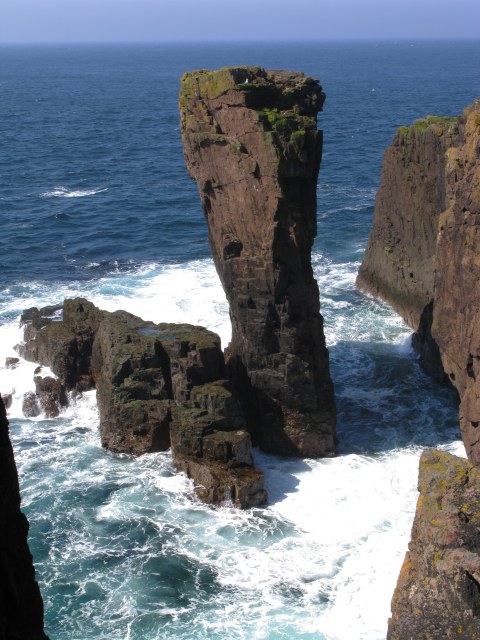
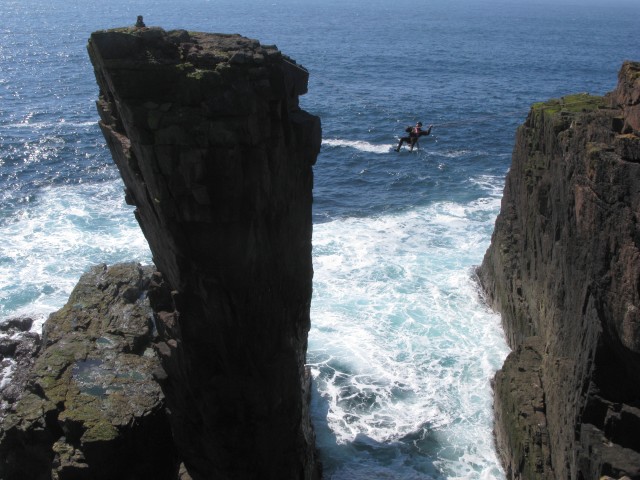
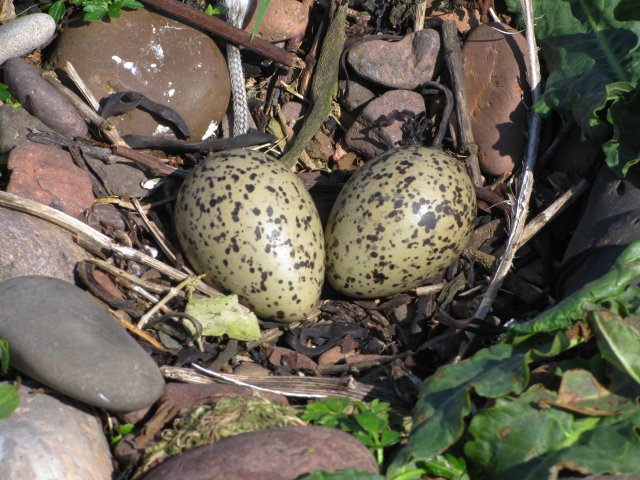
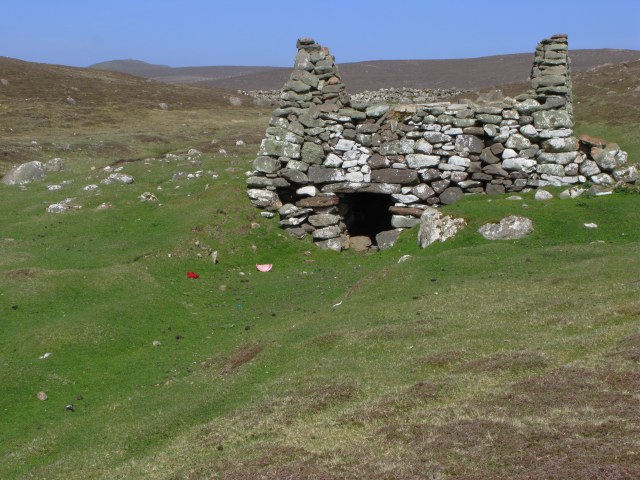

Shepherd's Taing is located at Grid Ref: HU1659 (Lat: 60.315775, Lng: -1.7021061)
Unitary Authority: Shetland Islands
Police Authority: Highlands and Islands
What 3 Words
///inflamed.piles.quieter. Near Walls, Shetland Islands
Nearby Locations
Related Wikis
Papa Stour Airstrip
Papa Stour Airstrip is a small airstrip in the village of Biggings on the island of Papa Stour. Shetland, Scotland. == History == Papa Stour Airstrip opened...
Biggings
Biggings is a village on the island of Papa Stour, in Shetland, Scotland. Papa Stour's church is situated at the south of Biggings. A homestead of Duke...
Papa Stour
Papa Stour (Scots: Papa Stour) is one of the Shetland Islands in Scotland, with a population of under fifteen people, some of whom immigrated after an...
Forewick Holm
Forewick Holm is a 1-hectare (2.5-acre) island in the Sound of Papa in the Shetland islands, Scotland. Located between Papa Stour and the Sandness peninsula...
Have you been to Shepherd's Taing?
Leave your review of Shepherd's Taing below (or comments, questions and feedback).
